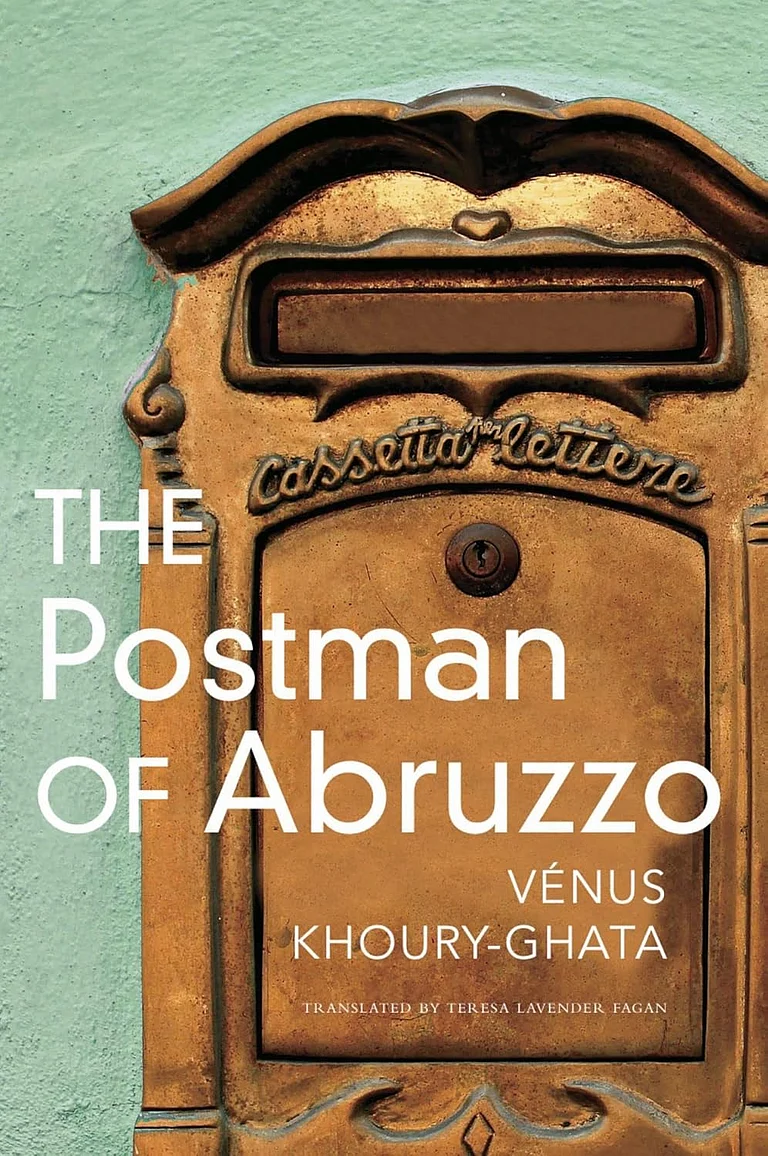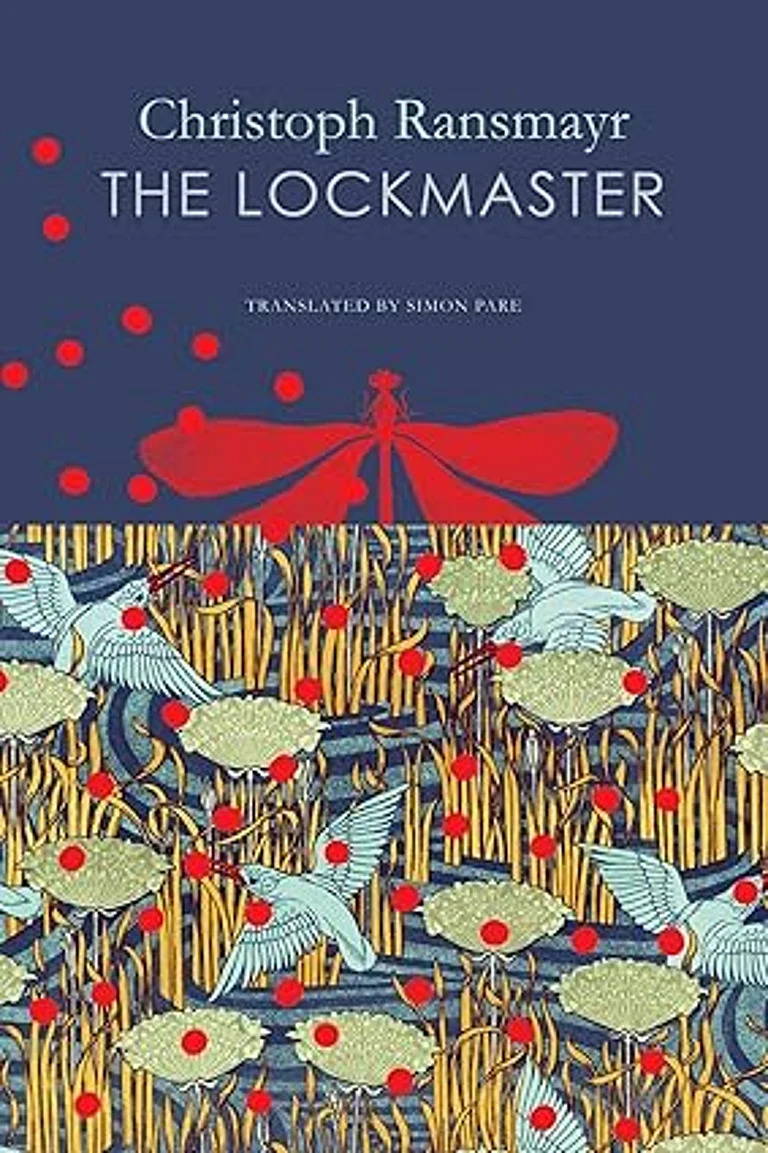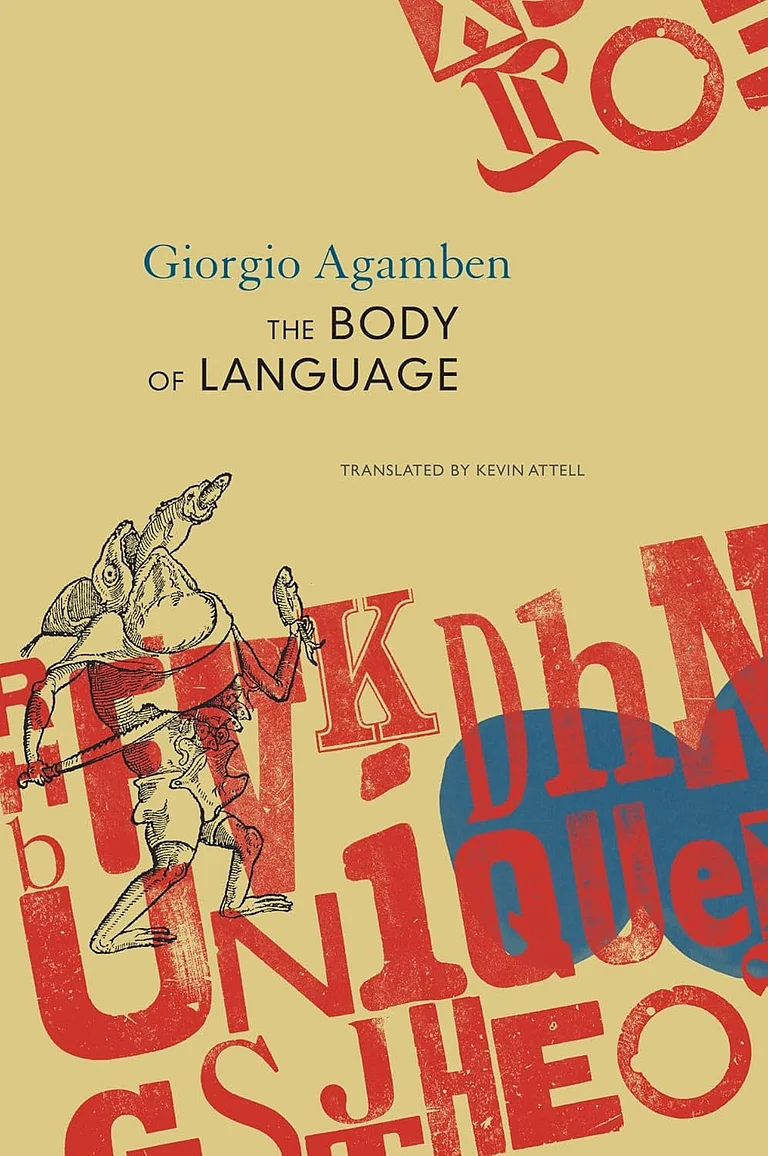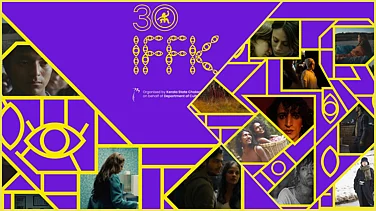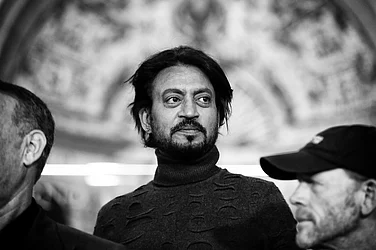

At first glance Nizhalkutthu doesn't seem like an Adoor film. Coming almost seven years after Vidheyan, it finds him exploring the cinematic medium anew. After the complex political discourses of Mukhamukham and Anantaram, he comes up with a seemingly simple, humane tale told with some uncommon touches of humour and romance. But the slight tale is only deceptively so. It's a textured look at the world of shadows and the reality inspired from an episode in Mahabharata wherein the Kauravas get a sorcerer to kill the images of Pandavas and, in the process, actually manage to do them in.
Nizhalkutthu is set in an idyllic Southern village where time stands still. But beneath the unchanging, innocent landscape lurks a grim brutality and moral turmoil. Adoor packs in deep and nuanced psychological insights into the central character of a Travancore hangman of the 1940s, a time when death by hanging seemingly evoked little horror. But Kaliyappan (Unnikrishnan) harbours a sense of sympathy for the executed and can't get over the fact that his "hands are stained with sin". These feelings of shame, stigma and remorse resurface when the royal messenger arrives with the orders of a new execution. Nizhalkutthu is about this stifling and decaying social order. The inherent hypocrisy is revealed in the fact that the royalty would grant clemency to the convicted but conveniently send the orders late so that he'd have already been hanged. So who'd bear the sin of the execution? The executioner or the one who ordered it? The film's also about the economic necessity that renders men like Kaliyappan utterly tied to his predicament. He has to follow the orders because he gets a tax-free farm and house in return. What's more, his son may also have to inherit the burden of this guilt.
Despite its underlying reformist credo, the film leaves one strangely dissatisfied. Perhaps because the characteristic radicalism of Adoor remains muted, almost suppressed. It could have emerged strongly in the persona of the hangman's khadi-spinning, freedom fighter son, but Adoor doesn't flesh out the crucial character in detail. In fact, the son carries on with Kaliyappan's calling with a curious lack of defiance and protest. Similarly, the oblique tale of the romance between Kaliyappan's daughter and an orphan might establish the central argument against capital punishment but is rather stodgily presented. Some of the lighter moments seem to have been forced into the narrative and an encounter between the royal messenger and the villagers borders on the burlesque. Another irritant is the extended depiction of the puberty rituals of Kaliyappan's daughter. Considering Adoor's visuals anyhow have a universal resonance, why this overexplanation?







